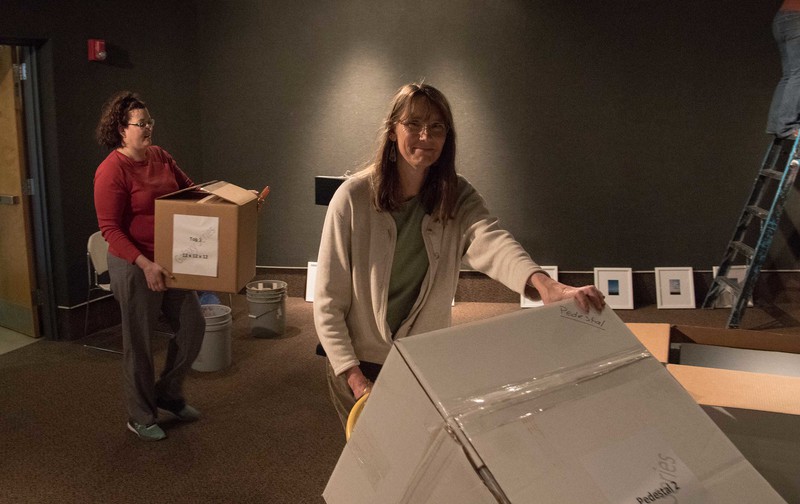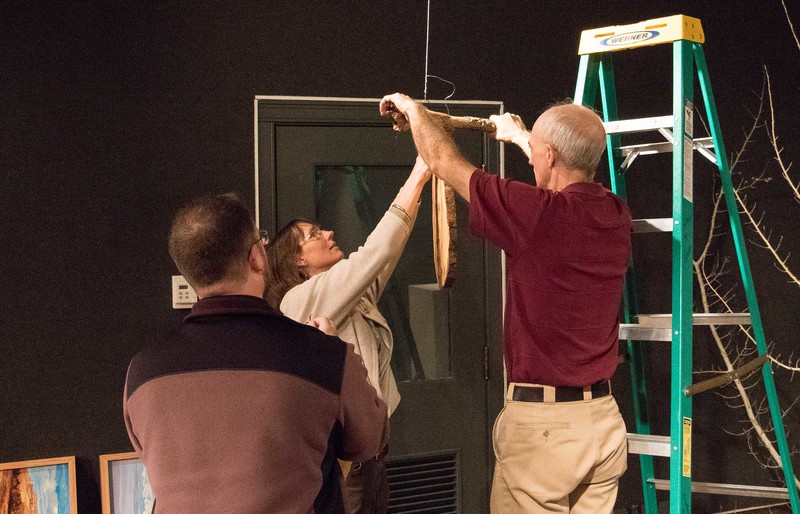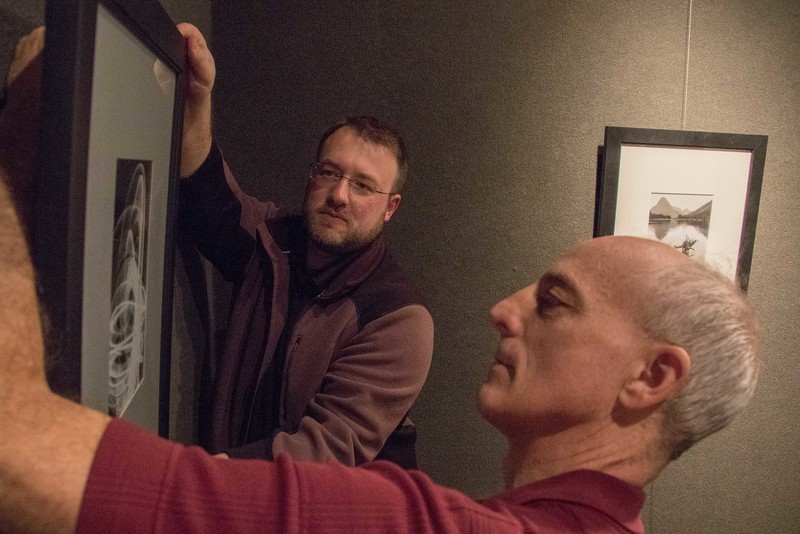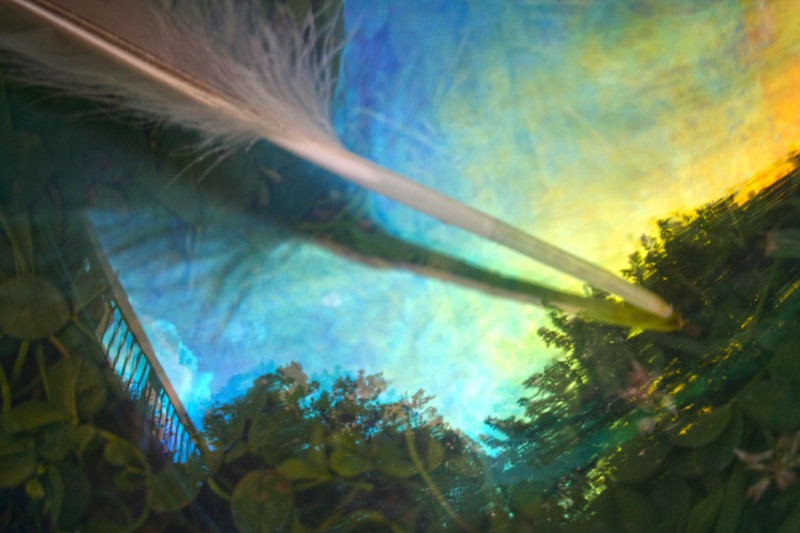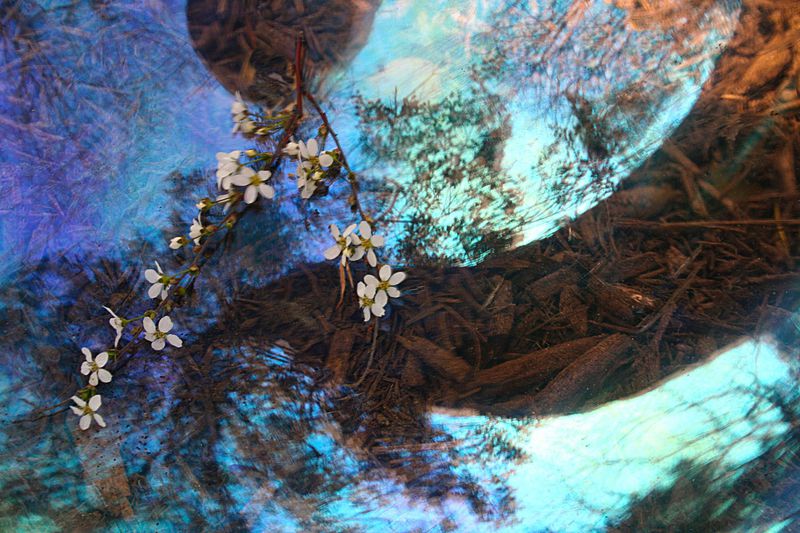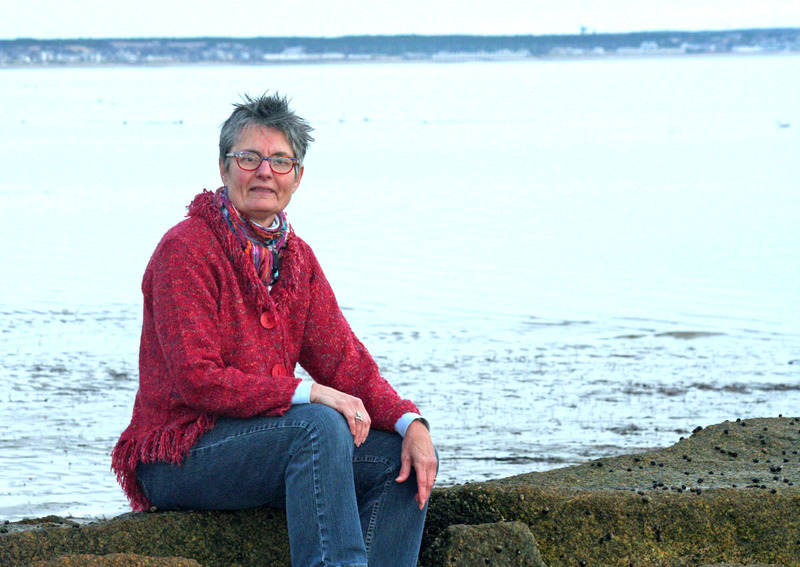Two new shows open in Memorial Hall

CHADRON – Two art shows open in Chadron State College’s Memorial Hall Monday, Feb. 20. An art faculty show, “Time Lapse,” in the Main Gallery features works by Laura Bentz, Daniel Binkard, Trudy Denham, Mary Donahue, Dewayne Gimeson, Carly Heath and Sarah Polak. The show will close March 24 following a reception March 23 from 3:30 to 5 p.m.
Photographic art by Cathy Leaycraft of Baltimore, Maryland, will be on display in the Memorial Hall’s Gallery 239 until March 24.
Hours for both galleries are Monday through Friday, 9 a.m. to 4:30 p.m. or by appointment. Call 308-432-6317 for details.
The name of the art faculty show came from a planning discussion, Donahue said.
“Time lapse photography was mentioned. It seemed the idea of time and the idea of lapse were interesting concepts and relevant to what all of us might be doing with our art in one way or another whether it be installations that are temporary, landscape imagery that captures an instant of light and color, a frozen moment of clouds and sky or branches and leaves, the vagueness of imagery floating in an undefined space, or the movement of light itself,” Donahue said.
Regarding her own installation, Donahue said she looked at the idea of time in terms of memories.
“One definition of memory is ‘the length of time over which recollection extends.’ I find myself recollecting impressions, experiences, and feelings and making art from that. It started with nature and landscape and understanding place, which is tied up in memory. Place also includes the people around us and I’m currently focused on the experience of aging parents and connecting that to the natural world,” Donahue said.
Heath, a professional illustrator, said her computer imagery is inspired by horses and Norwegian folk art.
“I work as a mixed-media artist, first starting with interesting textures and then bringing those textures into Photoshop to digitally paint forms that interest me. The background is a collage created from pages of a 1902 Sear’s catalogue overlaid with vector illustrations I made of folk art designs. The horses are loosely rendered so the viewer is left with an impression of light and motion,” Heath said.
Denham, recently hired assistant professor of art, is contributing a new view with art installations on the floor of the gallery.
Bentz said her color photographs in the exhibition are an attempt to distill transitory events that occur in the landscape.
Polak’s works for are hand woven pieces made on a pinloom and then handstitched into exhibits. She said the title of the show, which only takes place every other year, carries two additional meanings for her.
“This lapse of time, and particularly with this show, demonstrates the evolution and shifts in the work of established faculty and highlight the vibrancy of work being created by new faculty,” Polak said. “Also, it takes a long amount of time to create the works displayed, but when the finished works are shown it seems like a much quicker process than it really is.”
Gimeson is exhibiting photographs created with light painting, a technique he said reveals the movement of light over a period of time and the path it took.
The first known light painting dates back to 1889 when Étienne-Jules Marey and Georges Demeny traced human motion. The photographers used small lights and the open shutter of a camera to track the motion of manufacturing and clerical workers. Man Ray, took an aesthetic approach to the technique in his 1935 series “Space Writing.”
“As a photographer, I have been intrigued with the idea of capturing time in an image. Whether that time capture is for a thousandth of a second or light painting for several minutes. The thousandth of a second freezes that moment, capturing an instant of life,” Gimeson said.
Binkard’s prints were created using a multiple exposure technique.
“This technique involves two exposures made in-camera, with a focus shift applied to each exposure. Compositionally, I take a scene with foreground and background interest, and focus on both planes. The resulting photograph contains both sharp and unsharp elements, with plenty of variety available during shooting depending on exposure and aperture shifts, along with the focus shift itself,” Binkard said.
He said his inspiration to explore the technique came from the Norwegian photographer Björn Rörslett, who makes use of such less-common techniques to great effect.
Leaycraft uses nature as the focus of her art. She said her unique technique of capturing landscapes brings the viewer into an intimate setting making small subjects appear monumental, and their backgrounds become abstract washes of color and texture with glimpses of trees and ground.
Leaycraft views her work as related to the Pictorialist movement of the late 19th and early 20th centuries striving for dreamlike images evoking a sense of timelessness.
She controls light and reflection before it reaches the camera with depth of field and focus.
Using a glass sphere to reflect and refract, she arranges her subjects, while working on location.
“I use a hollow glass ball. It is about 12 inches round and made of clear blown glass. I do not directly photograph the landscape. I photograph its reflection on the glass surface; the environments behind and below the sphere create additional layers of imagery. On occasion, I insert an object into my sphere thus creating a reflected, surreal world for my selected subject,” Leaycraft said.
Category: Art, Campus News

